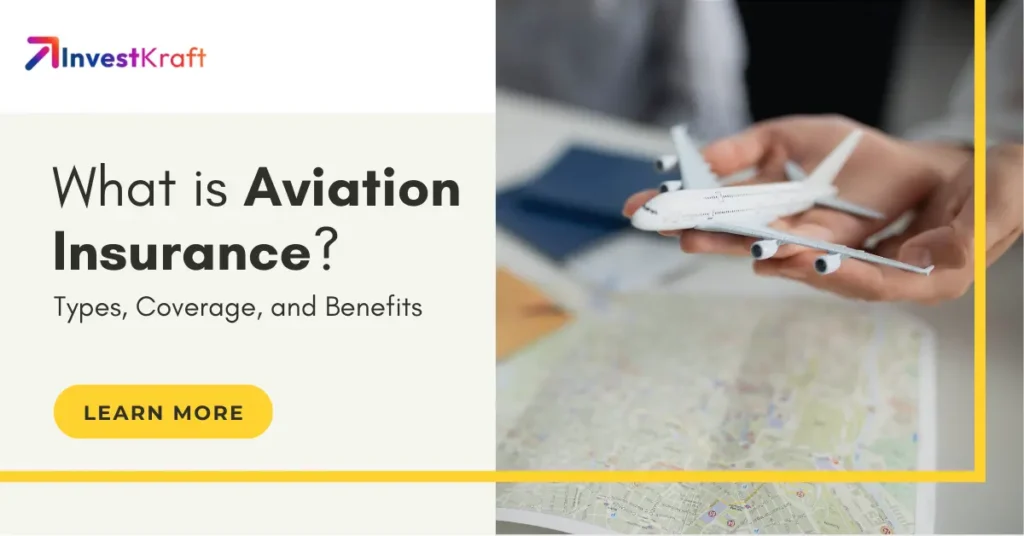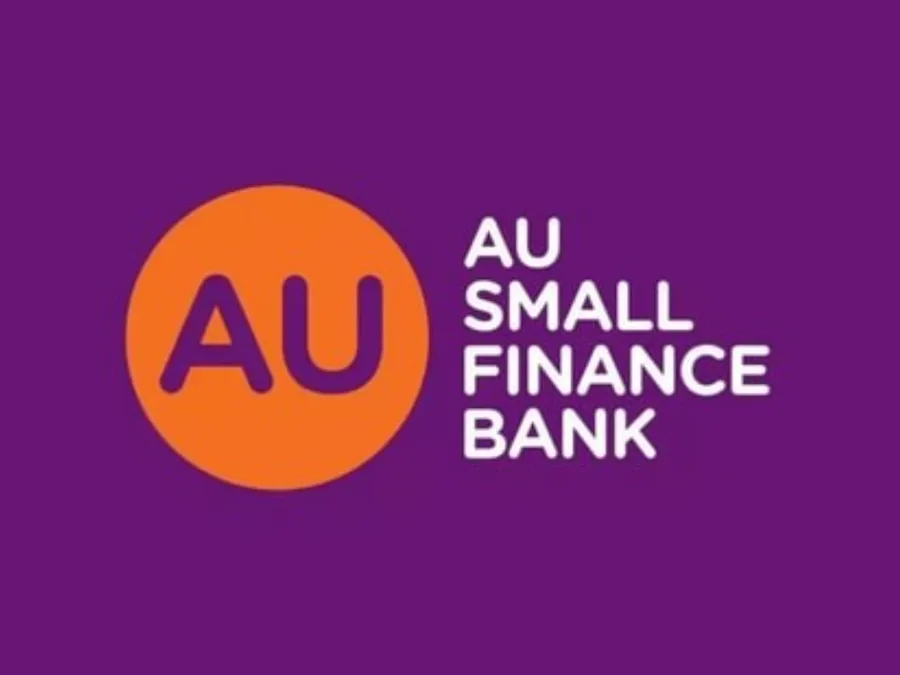Insurance Framework in Aviation: The Indian aviation industry, once heralded as the epitome of modern mobility, is now grappling with a new kind of turbulence—not just in the skies but in courtrooms and boardrooms. A recent incident involving Air India in Ahmedabad has served as a wake-up call, revealing the fragile balance between safety, financial liability, and legal responsibility. In a landscape where the margin for error is minimal, the role of insurance becomes central—not just as a fallback but as a pillar of operational stability.
According to Sonam Chandwani, Managing Partner at KS Legal & Associates, “From a legal standpoint, the insurance framework is a lifeline, but often a battleground.” Her statement perfectly encapsulates the precarious situation the aviation sector finds itself in today. When catastrophic events occur—be it due to mechanical failures, human error, or severe weather conditions—the claims process becomes an all-consuming legal affair. This not only escalates premiums but forces airlines to find cost-cutting alternatives that may jeopardize future safety.
As aviation grows in India, the legal and insurance ecosystem around it must evolve rapidly. A reactive framework can no longer suffice in a high-stakes, high-liability environment. We need a proactive approach where stakeholders—including legal professionals, insurers, airlines, and regulators—work in sync to build a resilient, transparent, and fair system.
Who Can Apply for Aviation Insurance?
Aviation insurance isn’t limited to large commercial airlines. Multiple stakeholders in the aviation ecosystem can and should secure coverage. These include:
- Commercial Airline Operators (Air India, IndiGo, Vistara, etc.)
- Charter and Private Jet Operators
- Airport Authorities
- Aircraft Leasing Companies
- Maintenance and Ground Service Providers
- Unmanned Aerial Vehicle (UAV) Operators / Drone Services
- Flying Schools and Pilot Training Academies
Essentially, any individual or entity responsible for an aircraft’s operation, maintenance, or storage qualifies to apply for aviation insurance in India.
Insurance Fees: What Are the Premiums and Costs?
Aviation insurance premiums are influenced by a range of factors, making them volatile and often expensive. Key determinants include:
| Factor | Impact on Premium |
|---|---|
| Aircraft Type | Heavier jets = Higher premiums |
| Usage Type | Commercial > Private > Recreational |
| Claim History | Frequent claims = Higher risk |
| Region of Operation | Weather and regulatory environment matter |
| Coverage Type | Hull, liability, passenger, cargo insurance |
| Pilot Experience | Inexperienced pilots drive up premiums |
Sample Cost Estimates (Indicative):
- Private Jet (Light): ₹1.5 – ₹3 lakh/year
- Commercial Jet: ₹25 lakh – ₹5 crore/year
- Drone Liability Insurance: ₹15,000 – ₹1 lakh/year
Also read: General Insurance Councils Talking Dog Ad: A Heartfelt Twist That Actually Works
How to Use and Benefit from Aviation Insurance
Understanding how aviation insurance works can be the difference between a swift recovery and financial devastation.
Benefits:
- Asset Protection: Covers damage to aircraft from accidents, weather, or vandalism.
- Liability Coverage: Shields from lawsuits related to injury or property damage.
- Passenger Safety Net: Provides compensation for injured or deceased passengers.
- Operational Continuity: Ensures business doesn’t come to a standstill post-incident.
- Legal Representation: Most policies cover the cost of legal defense in court.
When to Claim:
- Accident or crash resulting in aircraft damage
- Passenger injury or fatality during flight operations
- Third-party property damage (runway, hangar, etc.)
- Equipment theft or sabotage
- Natural disasters like cyclones or floods
All claims must be reported within 7-30 days, depending on the policy terms.
How to Apply for Aviation Insurance in India
Step-by-Step Process:
- Assess Your Needs – Evaluate risk exposure and operational profile.
- Choose an Insurer – Compare quotes from providers like ICICI Lombard, Tata AIG, and HDFC Ergo.
- Submit Proposal – Fill out a detailed proposal form including pilot credentials, aircraft maintenance logs, and prior claim history.
- Underwriting Review – Insurer assesses risk and determines premium.
- Policy Issuance – Upon premium payment, policy documents are issued.
- Annual Review – Mandatory renewal with updated data.
Most applications can now be initiated online or via certified aviation insurance brokers.

Important Dates
| Event | Date |
|---|---|
| Annual Renewal Cycle Begins | April 1st each year |
| Last Date for Renewal without Penalty | March 31st |
| Premium Hike Notification (2025) | July 1, 2025 |
| Review of Regulatory Guidelines | August 2025 (by IRDAI) |
| Final Decision on Premium Cap | September 15, 2025 |
Disclaimer
This article is for informational purposes only and does not constitute legal or financial advice. Readers are advised to consult professional insurance advisors or legal counsel before making any policy decisions. Premium estimates and timelines are indicative and subject to change based on market dynamics and regulatory updates. KS Legal & Associates
Insurance Framework in Aviation Conclusion
The aviation insurance landscape in India is undergoing a massive transformation, especially in the wake of recent high-profile incidents. While insurance serves as a lifeline for operators, it also exposes them to a complex legal battlefield when things go wrong. The challenge lies in crafting a framework that protects without penalizing innovation or operational freedom.
For stakeholders across the aviation sector, investing in robust insurance coverage is no longer optional—it’s imperative. It ensures not only compliance but also operational resilience. As premiums rise and claim processes become more scrutinized, both insurers and clients must adopt a data-driven, transparent approach.
Legal experts like Sonam Chandwani have rightly pointed out the paradox of aviation insurance—lifesaving on paper, but a labyrinth in practice. Solving this will require not just regulatory reforms but industry-wide cooperation and education.
Ultimately, a mature insurance ecosystem isn’t just about protection; it’s about creating trust, sustaining businesses, and saving lives. The faster we acknowledge this dual role, the more sustainable the future of Indian aviation will be.
Insurance Framework in Aviation FAQs
1. Why is aviation insurance so expensive in India?
Aviation insurance in India is expensive due to the high cost of aircraft, the risk of catastrophic losses, complex claim processes, and limited domestic underwriters. Events like accidents or crashes result in huge liabilities, pushing up premium costs for everyone in the sector.
2. Can drone operators also apply for aviation insurance?
Yes, under DGCA regulations, drone operators involved in commercial activity must secure third-party liability insurance. This covers damage to people or property and is now being extended to cover theft, fire, and equipment loss as well.
3. What happens if an airline does not renew its aviation insurance on time?
Operating without valid insurance is a legal violation and can result in grounding of aircraft, cancellation of licenses, and heavy fines. Moreover, if an incident occurs during a lapsed policy period, the airline would bear all liabilities personally.
4. Are legal battles common in aviation insurance claims?
Yes, due to the high stakes involved. Disputes may arise over claim amount, cause of incident, or coverage scope. Legal teams often get involved, and settlements can take months or even years if litigation is required.
5. Is aviation insurance mandatory in India?
Absolutely. As per the Aircraft Rules of 1937 and DGCA guidelines, every operator must have valid third-party liability insurance. For commercial operators, hull and passenger coverage is also mandatory




One thought on “Insurance Framework in Aviation: Lifeline or Legal Battleground?”